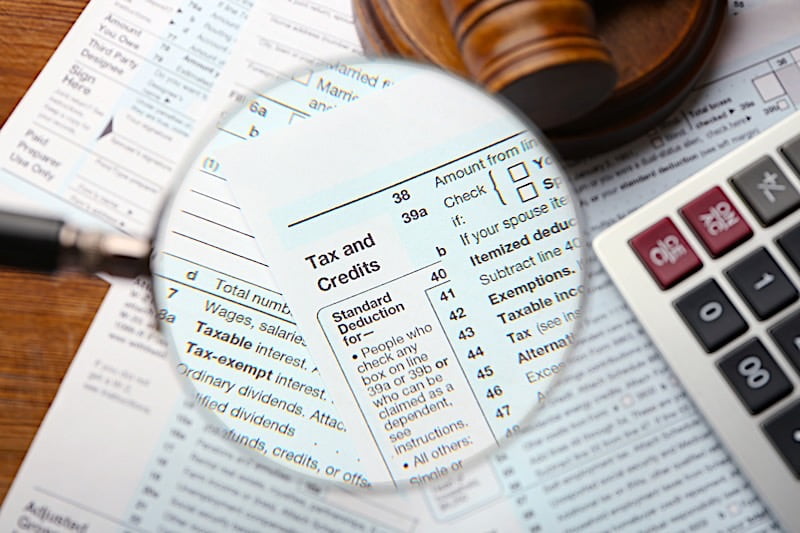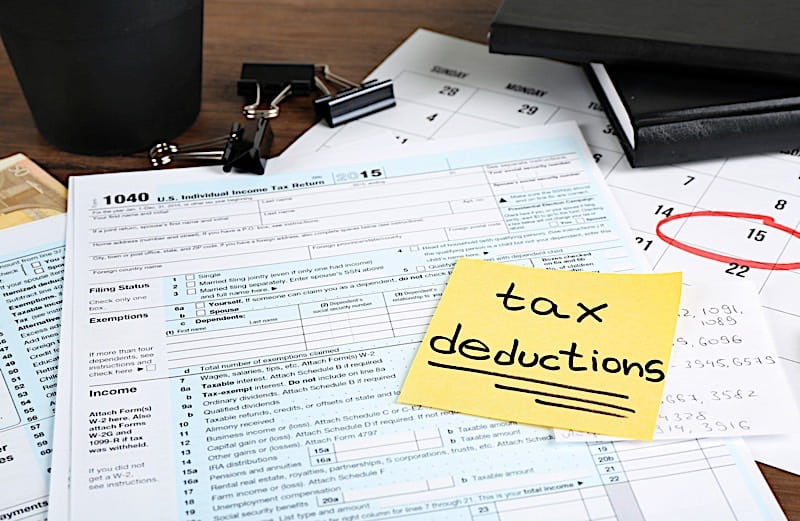Rental Property Depreciation FAQs: Income Limits Explained
By Than Merrill
Rental property depreciation represents one of the single greatest tax benefits made available to today’s real estate investors. The ability to offset some—if not all—of your rental income is a critical component to building wealth over an extended period of time. However, as with just about any other tax-related strategy, several questions need to be answered before any claims are made. For example, what is the rental property depreciation income limit? How can investors prepare for rental property tax deduction income limits?
To be clear, these are just a few of the questions we will answer below. Nonetheless, be sure to consult a tax professional before you even consider deducting rental property depreciation from your own taxable wages.
How Does Depreciation Work On A Rental Property?
The government has acknowledged that buy and hold investors depend on their real estate assets to produce income and have come up with a way to compensate them for the inevitable deterioration of their homes. As a result, the depreciation process associated with rental properties works a lot like standard business depreciation expenses. Whereas qualifying business expenses allow entrepreneurs to deduct from their taxable income each year, rental property depreciation allows real estate investors with rental properties “in service” to do the same—only on a larger scale.
Can You Write Off Depreciation On A Rental Property?
Rental property owners are permitted by the Internal Revenue Service (IRS) to deduct (write-off) the cost of purchasing a home. However, the entire cost of the rental property may not be deducted in a single year, but rather over the course of 27.5 years (the amount of time the IRS has determined to be an appropriate life span of single-family homes). That means rental property owners can deduct a portion of the home’s purchase price each year until the basis has been accounted for or the 27.5-year time limit is reached.
What Is The Rental Property Depreciation Income Limit?
Rental property owners who have a modified adjusted gross income of $100,000 or less are permitted by the IRS to deduct up to $25,000 in rental real estate losses each year their property is in service (they actively participate in rental activity). However, the $25,000 allowance is tapered for those whose modified adjusted gross income is higher than the previously discussed $100,000 threshold. Meanwhile, those with a modified adjusted gross income of more than $150,000 aren’t extended the allowance at all. Consequently, the same rules don’t apply to real estate professionals. Rental property owners who are real estate professionals in the eyes of the IRS are allowed to deduct any amount of losses from their other non-passive income.
Does Depreciation Offset Rental Income?
Depreciation can offset rental income for qualifying rental property owners, but the amount of rental income offset can’t exceed the amount claimed for depreciation. More specifically, the rent collected from a rental property qualifies as income in the eyes of the IRS—that means it is added to your taxable income each year. However, the IRS will allow the amount claimed in rental property depreciation to deduct from the total taxable income of a rental property owner. In other words, you may offset rental income and lower your taxable income by deducting several rental expenses, not the least of which is depreciation. If, for example, you make $10,000 in rent and claim $5,000 in depreciation for the year, you may offset half of the rental income. If you have other rental expenses, however, they may offset the income even further.
How Do You Report Depreciation To The IRS?
You report depreciation to the IRS using the correct line of Schedule E when submitting Form 1040. Generally speaking, this form is where your income and expenses will be listed for each rental property. Depreciation would be reported the IRS alongside the correct property, as an expense.
There are certain circumstances where you will report depreciation to the IRS using another form, such as Form 4562. This is used during the year you begin using a property as a rental. Always speak with a financial advisor or tax professional to ensure you are preparing the correct forms when filing.

Calculating Rental Property Depreciation
Calculating a rental property’s depreciation involves three major steps: determine the cost basis, divide by the property’s useful life, and determine the depreciation schedule.
The cost basis refers to the amount you spent to purchase the property. This means that any property taxes, legal fees, title insurance, recording fees, and more can be included in your cost basis after you close on the sale. Essentially, the cost basis of the property is the property value plus closing costs.
With this number in mind, divide the amount by the property’s useful life. The IRS uses a 27.5 year guideline, which can be directly applied here. Let’s say you have a rental property with a $200,000 cost basis. After dividing by the useful life (27.5) you are left with roughly $7,273.
The depreciation schedule would then suggest you can deduct up to $7,273 each year your property is in service — except for the first year. You cannot begin claiming depreciation on a property until you own it, and because you most likely did not receive the keys on January 1 you will need to make some adjustments. Utilize charts provided by the IRS to determine your first year’s deduction.
Summary
Rental property depreciation is currently recognized as one of today’s greatest tax shelters. The ability to deduct a property’s entire acquisition costs over the course of 27.5 years can significantly reduce tax liabilities in a way few other things can. That said, investors need to know things, like rental property depreciation income limit, before they rely on rental property depreciation. At the very least, the more you know about every tax benefit, the more likely you are to turn tax season into a time of the year you look forward to.
-
Rental property depreciation represents one of the single greatest tax benefits made availed to today’s real estate investors.
-
The tax deduction come limit applies to those who make more than $100,000.
-
Real estate professionals may deduct any amount of losses from their other non-passive income.
[cta id=”79309″]